The changes Apple made in the 16-inch MacBook Pro are more than just a larger display and an updated keyboard, with a full teardown of the model revealing the plethora of changes made to keep the new workhorse cool under heavy loads.
The 16-inch MacBook Pro has already been the subject of an initial teardown by repair outfit iFixit, with an examination of the keyboard showing the new scissor-switch mechanism, which is believed to be more resilient than the previous butterfly switch. The firm has since performed a full teardown, showing there are more changes worth highlighting in the new model.
A removal of the lid shows the same thermal management system Apple revealed as part of the MacBook Pro's launch, with large fans on each side towards the rear pushing air throughout the hardware. The mainboard is in fact shaped to go around the fans, holding them in place as well as being the place where the heatsink system resides.
Used to shift heat away from the GPU and processor, Apple revealed the heatsinks are 35% bigger than in previous models, and are attached to bent sections that lead to each of the fans. A copper shield and aluminum thermal pads are also used to cover the GDDR6 chips, used for the GPU's memory.
On the mainboard, the processor and GPU are supplied from Intel and AMD respectively, with the memory in the model coming from Micron while Samsung supplied the GDDR6 chips. Toshiba produced the main flash storage, with Intel also providing the Thunderbolt 3 controller and platform controller hub, and Texas Instruments seemingly behind the power controllers.
Continuing with the cooling, the vents are observed as having slightly larger exhaust holes in the new model, which when combined with the new fans with bigger impeller blades, can shift 28% more air through the device. The result is the ability to sustain an extra 12 watts during intensive workloads.
iFixit does object to the new keyboard's installation as it is riveted to the casing rather than screwed, making it extremely difficult to repair. The firm sees this as a step-back, as while the switches are more resilient, the keyboard "isn't any more repairable than the Butterfly boards."
The new speakers are in an extended enclosure, with the woofers opposed on the top and bottom, a design thought to improve sound quality. The three-mic array is laid out similarly to the array used in the 2018 MacBook Air, but the microphones themselves look "a little beefier," suggesting them to be "higher-quality mics."
The battery is the largest iFixit has seen in a MacBook at 99.8Wh, 11.36V, 8,790mAh. The unit is a 4.8Wh increase over the 17-inch MacBook Pro, and 16.2Wh more than the last 15-inch MacBook Pro, with the extra capacity thought to have been produced by increasing the thickness of each battery cell by 0.8mm.
The iFixit team gave the 16-inch MacBook Pro a "repairability" score of just 1 out of 10. While the trackpad can be removed and replaced "with very little drama" and minor components are modular, the soldering of the processor, RAM, and flash memory to the logic board, the use of glue and rivets on the keyboard, battery, speakers, and Touch Bar makes it hard to repair each of the parts, and the Touch ID sensor's use as a power switch "greatly complicated repairs."
 Malcolm Owen
Malcolm Owen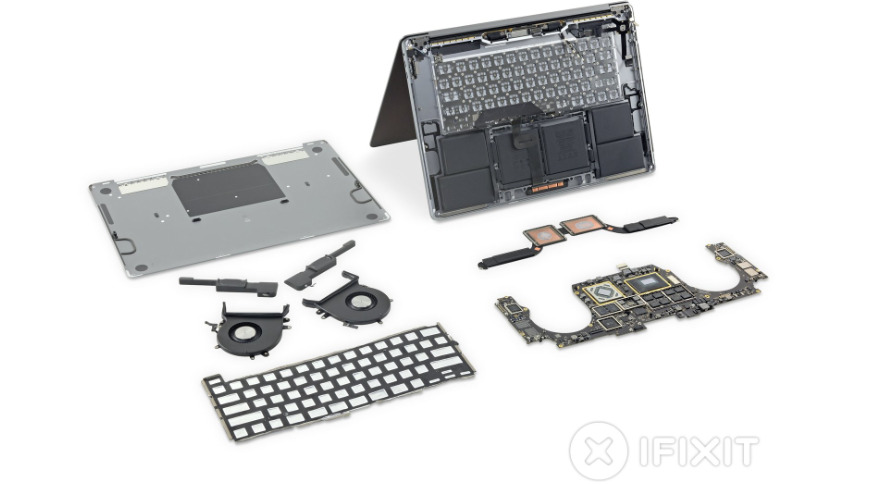

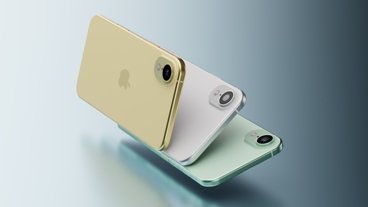
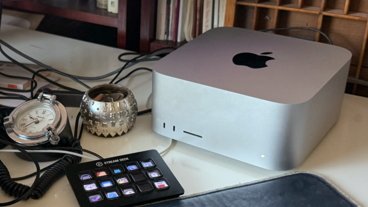


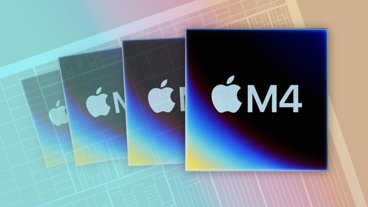

-m.jpg)



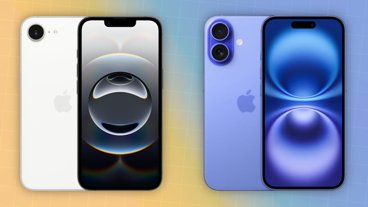

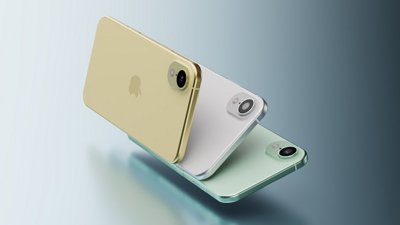
 Marko Zivkovic
Marko Zivkovic
 Christine McKee
Christine McKee
 Andrew Orr
Andrew Orr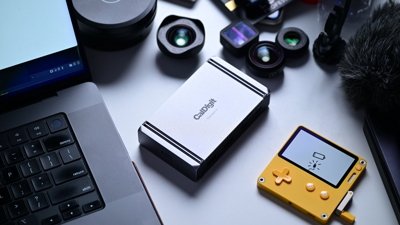
 Andrew O'Hara
Andrew O'Hara
 William Gallagher
William Gallagher

 Mike Wuerthele
Mike Wuerthele
 Bon Adamson
Bon Adamson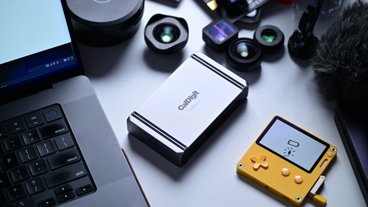

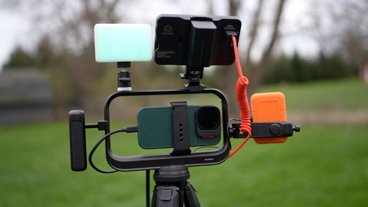
-m.jpg)
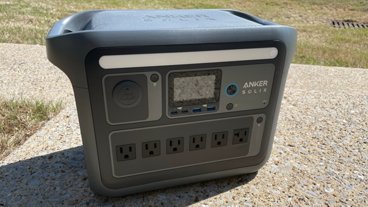

51 Comments
I get it why they designed it this way. But, essentially, it makes it a $2K+ disposable computer (it can't be upgraded and it can't be repaired) and that just goes against my grain. I think I would have to carefully balance the benefits of the computer (and specifically how they would benefit me) and weigh that against the limited repair and upgradeability.
On the other hand, these are aimed at the truly "pro" market -- meaning not just power users but those who make their living with these machines. So, for them, if it breaks they will be more inclined to treat it like any other piece of equipment and replace it.
...I remember when SJ came back to Apple and the introduction of the Powerbook G3 with dual externally swappable drive/battery bays and a keyboard that could be simply lifted out from the top with the turn of a slot screw for access to internals. Then came the G4, again with externally swappable battery and easy underside access to all the internals, drive, ram, etc. via a dozen or so screws... I put an SSD in my G4 PB for legacy file access and it works well still to this day, including 'Classic' emulation - both were considered state of the art 'Pro' offerings at the time and priced accordingly, and the latter could be paired with the wonderful 30" Apple Display...
The problem with iFixIt is that they too easily dismiss the value of soldered in components which can drastically improve reliability.